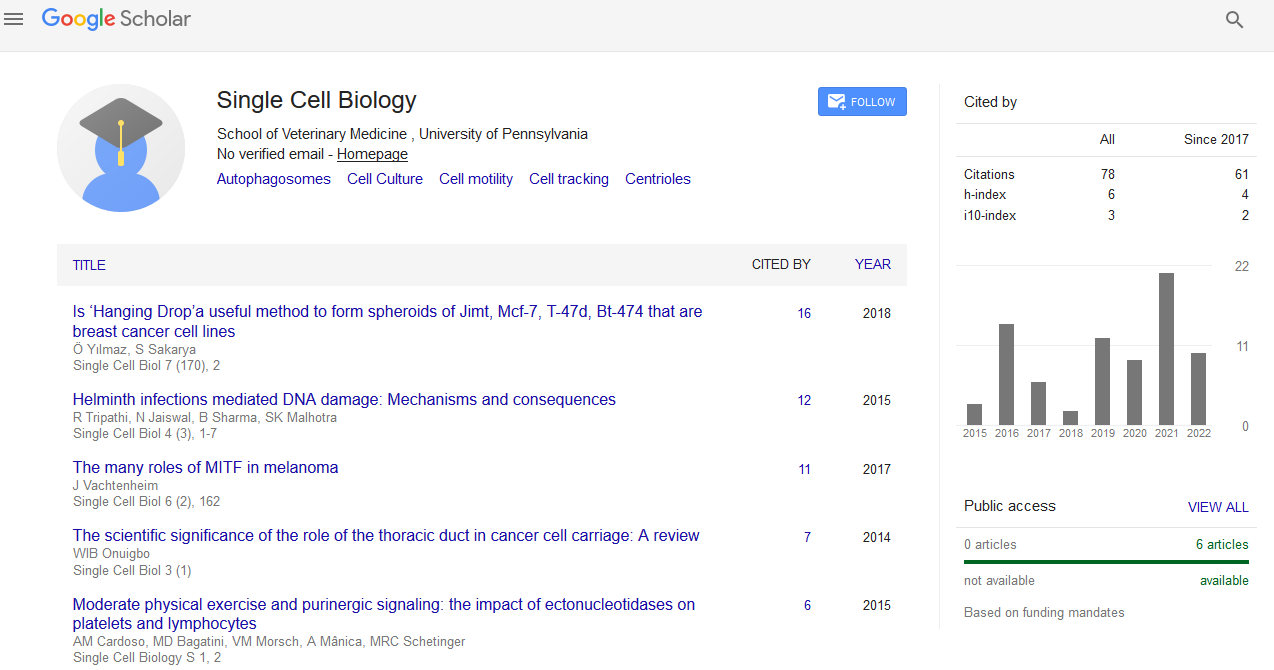PMC/PubMed Indexed Articles
Indexed In
- ResearchBible
- CiteFactor
- RefSeek
- Hamdard University
- EBSCO A-Z
- Publons
- Geneva Foundation for Medical Education and Research
- Euro Pub
- Google Scholar
Useful Links
Share This Page
Journal Flyer

Open Access Journals
- Agri and Aquaculture
- Biochemistry
- Bioinformatics & Systems Biology
- Business & Management
- Chemistry
- Clinical Sciences
- Engineering
- Food & Nutrition
- General Science
- Genetics & Molecular Biology
- Immunology & Microbiology
- Medical Sciences
- Neuroscience & Psychology
- Nursing & Health Care
- Pharmaceutical Sciences
Abstract
The Scientific Significance of the Role of the Thoracic Duct in Cancer Cell Carriage: A Review
This paper draws attention to the historical role of the thoracic duct in cancer cell carriage. It begins with the 1798 weighty work of the great Sir Astley Cooper who (i) believed that the thoracic duct was a vessel of much importance in the animal economy, (ii) carried out experiments on cadavers and dogs and (iii) autopsied a man who died with testicular cancer that had spread all the way through the lymphatics of the spermatic cord to the thoracic duct. Succeeding other eponymous giants like Paget, Hodgkin, Warren, and Andral contributed their own quota to the knowledge of cancer carriage through this conduit. No wonder that, by 1895, classical embolic metastasis was firmly on record. A weighty modern textbook was cited. Then, attention was drawn to the observations made on 40 coiled-up thoracic ducts. It was concluded that necrosis of cancer cells occurred naturally in some ducts during transportation from the abdomen to the neck and back to the chest by the moment of death. Consequently, it was hypothesized that, if the actively dying cells are retrieved from consenting patients by way of cannulation and videomicroscopy, the scientific replication of this normal phenomenon would in all probability point to target therapy and eventual cancer cure.

